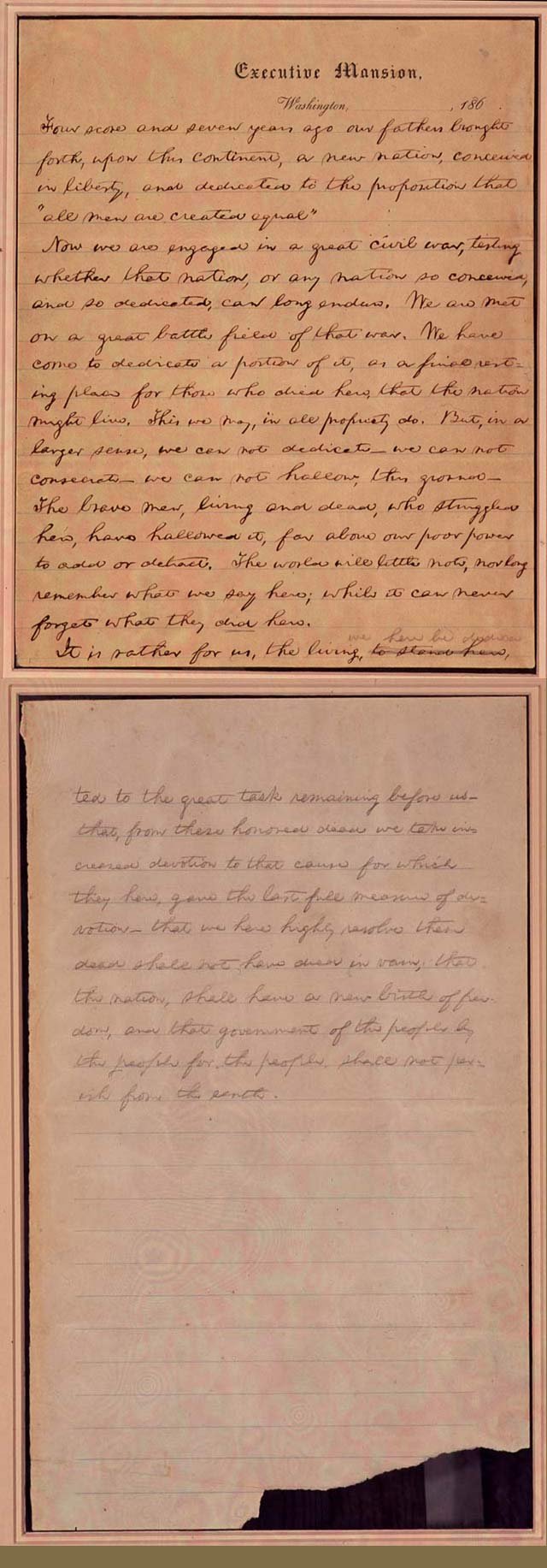In Mirarchi v. Seneca Specialty Insurance Company, the Third Circuit affirmed the District Court’s judgment in the carrier’s favor on a fire loss claim.
The policy at issue had a $600,000 limit, directing that valuation on claims be done according to the property’s actual cash value (ACV). The policy defined ACV as the amount it would cost to repair or replace the property at the time of loss or damage, with material of like kind and quality, subject to a deduction for deterioration, depreciation and obsolescence. Further, per the policy, the carrier would not pay on any claim until it received a formal proof of loss from the insured. If a disagreement arose as to the value the property value or amount of loss, either party could seek an appraisal. A fire occurred, prompt notice was given, and each party retained experts.
The insurer estimated the ACV at approximately $332,000 and the insured’s expert came in at approximately $692,000. The insurer still paid the first $100,000 on the claim after the insured submitted a partial proof of loss. After receiving a proof of loss based on the $692,000 figure, the insurer paid the balance of the undisputed part of the claim, i.e., the difference between $100,000 and its experts ACV number ($332,000). The experts continued amicable discussions thereafter on the difference until the insured told his expert that he would not accept anything less than $500,000. The parties mutually agreed to enter the appraisal process, and each side hired an independent appraiser. The insurer’s appraiser estimated the ACV at $449,550, more than $100,000 higher than the insurer’s original estimate. The dispute was submitted to an umpire, who concluded that the ACV was $618,338.07. The insurer then paid the balance remaining on the $600,000 policy limit.
The insured brought a bad faith claim on the basis of delayed payment. As stated, the District Court granted the insurer summary judgment. The first issues on appeal were challenges to the trial court’s discovery rulings. First, the trial court found reserves not discoverable because they were irrelevant to the claims. This was a significant issue to the insured, because the carrier had set it reserves at the policy limit, $600,000, well above the initial valuation. The trial court explained that a loss reserve is the insurer’s own estimate of the amount which the insurer could be required to pay on a given claim. The lower court did recognize that reserve information is sometimes relevant in bad faith cases, but it concluded that the loss reserve figures in this particular case did not represent an evaluation of coverage based upon a thorough factual and legal consideration.
The Appellate Court found that the insured failed on appeal to show that the loss reserve figures were related to the carrier’s considered estimate of the ACV such that they would be relevant to his bad faith claim. Thus, the lower court did not err in its legal analysis of the relevance of loss reserve estimates generally in bad faith cases, and did not abuse its discretion in excluding the evidence in this case based on its lack of relevance to the bad faith claim.
In a footnote, the Third Circuit likewise upheld the lower court’s decision not to permit discovery of communications between the insurer and its reinsurer for the same reasons that it affirmed on the loss reserve issue, i.e., these communication were not evidence of the insurer’s considered evaluation of the value of the insured’s claim. The Third Circuit also found no abuse of discretion in the trial court’s refusal to extend discovery, compel additional discovery responses or reconsider earlier rulings after the insured retained new counsel.
Turning to the merits, because the insurer ultimately paid the full policy limit, the bad faith claim was based on delay, which required the insured to show that (1) the delay was attributable to the insurer, (2) the insurer had no reasonable basis for causing the delay, and (3) the insurer knew or recklessly disregarded the lack of a reasonable basis for the delay. The cornerstone of the insured’s argument was the insurer’s second appraiser came in at a significantly higher number than the first expert; and that the insurer acted in bad faith by standing by its adjuster’s initial estimate of ACV pending resolution by the umpire, failing to make an additional partial payment, and failing to make a higher settlement offer.
As to the partial payment issued, an insurer has no duty to advance partial payments, particularly where the claim is disputed. Further, the undisputed evidence showed that the insurer relied on a genuine and considered estimate of ACV by its first expert. That subsequent estimates assigned a higher value to the claim did not constitute clear and convincing evidence that the insurer acted in bad faith either in arriving at its initial estimate or by standing by that estimate until the appraisal process concluded. The Third Circuit stated: “That is, after all, what the appraisal process is for—settling disputes about the value of a claim.”
The insured failed to show by clear and convincing evidence that the insurer acted unreasonably in the manner it paid the claim, and that no reasonable juror could conclude otherwise. The insured’s breach-of-contract claim, based on a breach of the duty of good faith, failed for the same reasons as his statutory bad faith claim.
Lastly, the court noted that the insured’s used of mathematical calculations regarding the first estimate, the property’s purchase price, and the balance of the insured’s mortgage lacked sufficient explanation to make a persuasive argument for a conspiracy between the insurer and its experts.
Date of Decision: April 29, 2014
Mirarchi v. Seneca Specialty Ins. Co., No. 13-2129 , UNITED STATES COURT OF APPEALS FOR THE THIRD CIRCUIT, 2014 U.S. App. LEXIS 8015 (3d Cir. April 29, 2014) (Ambro, J.)

